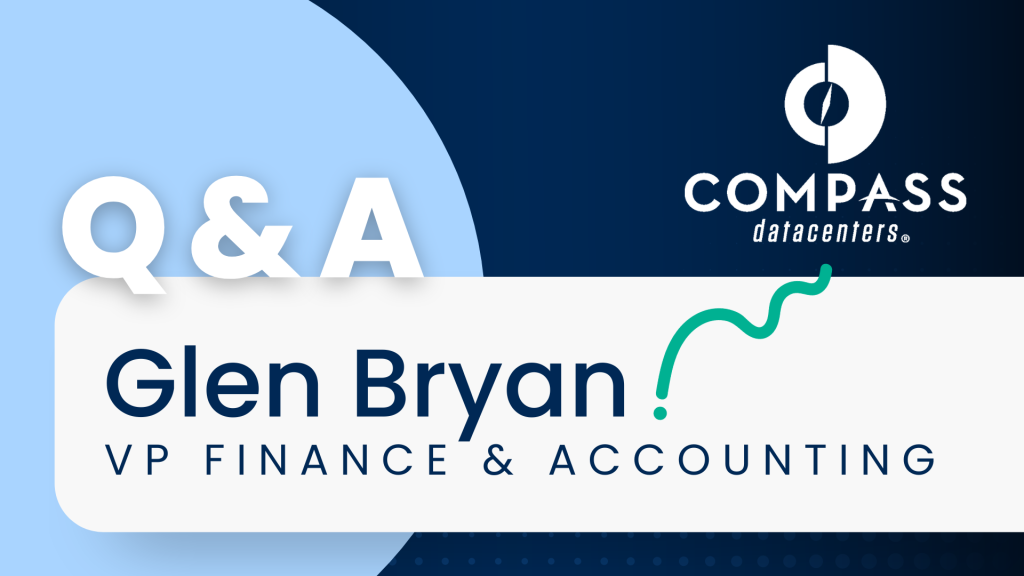[thumbnail]
With Baby Boomers, Gen Xer’s and Gen Y’s (Millennials) all together in one finance melting pot, leading a multi-generational team can be a challenging endeavour.
Each cohort brings unique values based on their life experiences to the table, sometimes resulting in different working styles and misunderstandings. Here are some tips for leading a multi-generational finance team to success.
Flexibility
For many managers, particularly those who have always done their work in the office, it can be difficult to process the level of flexibility that Millennials and Gen X workers require. For many younger employees, sitting at a desk from 9-5 does not necessarily equate to productivity and their preferred working style reflects this. Consider flexible work hours, or a one day-a-week work from home policy. Make it clear that work needs to be done by a deadline, check in periodically and then allow them to deliver.
Choices
Regardless of what generation your team reflects, a strong manager understands each individual’s strengths and weaknesses. Remember, however, that Gen Y employees grew up in a non-linear environment, where multi-tasking was the name of the game. This means that they may flourish in companies that allow them to juggle multiple priorities with opportunities for quick wins. Older generations, on the other hand, may prefer projects with longer timelines and more planning.
Collaboration
Good managers approach leadership with a collaborative communication style. Gone are the days when a top down management style is what’s expected. Listen to the feedback from your team and follow through. Understand that those of Generation Y extend a much shorter grace period to new managers, while workers from older cohorts are typically more patient, As a side note, younger workers are more likely to be loyal to a manager, while older workers are more likely to be loyal to a company.
If you’re leading a multi-generational finance team, be flexible in your approach. Establish a culture of continuous communication, where people’s strengths are appreciated. Understand that employees want collaboration and that success comes when each member of the team understands their role and its connection to the big picture.



